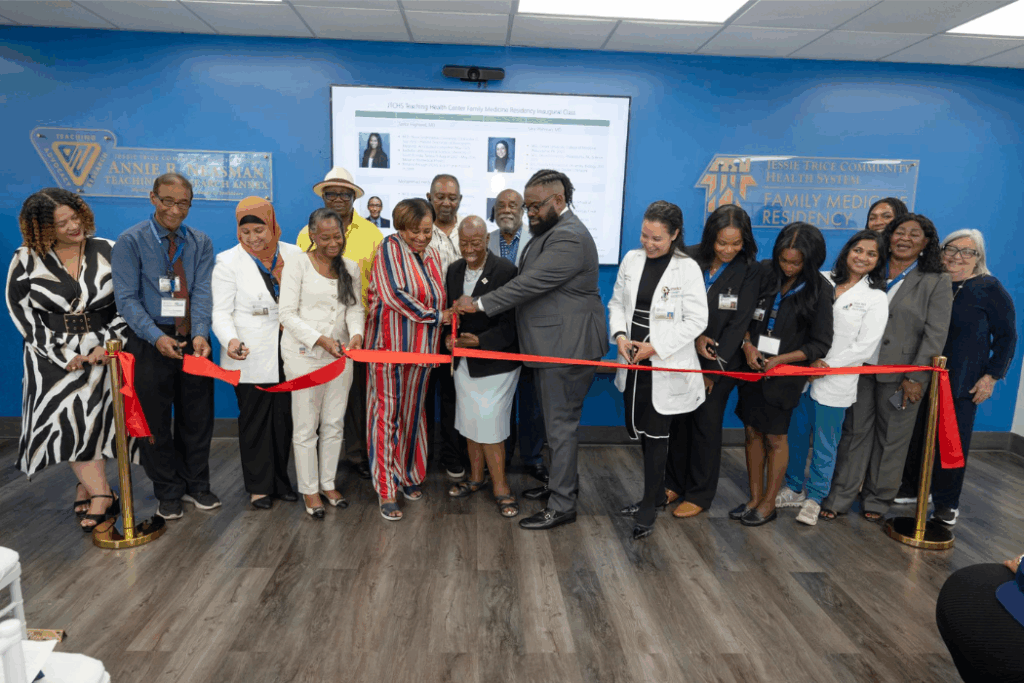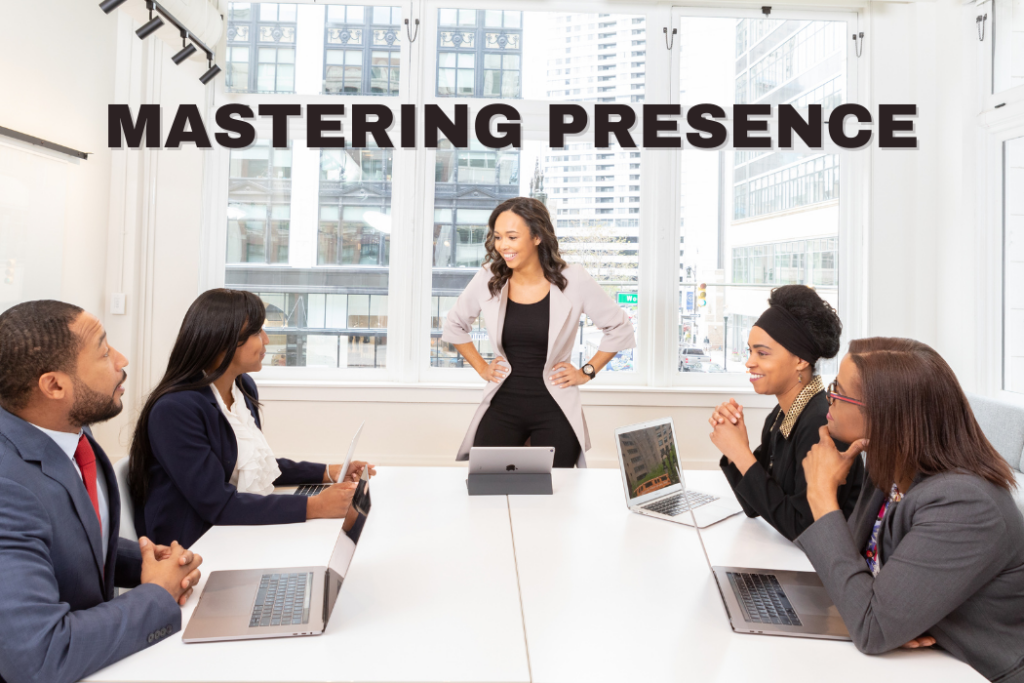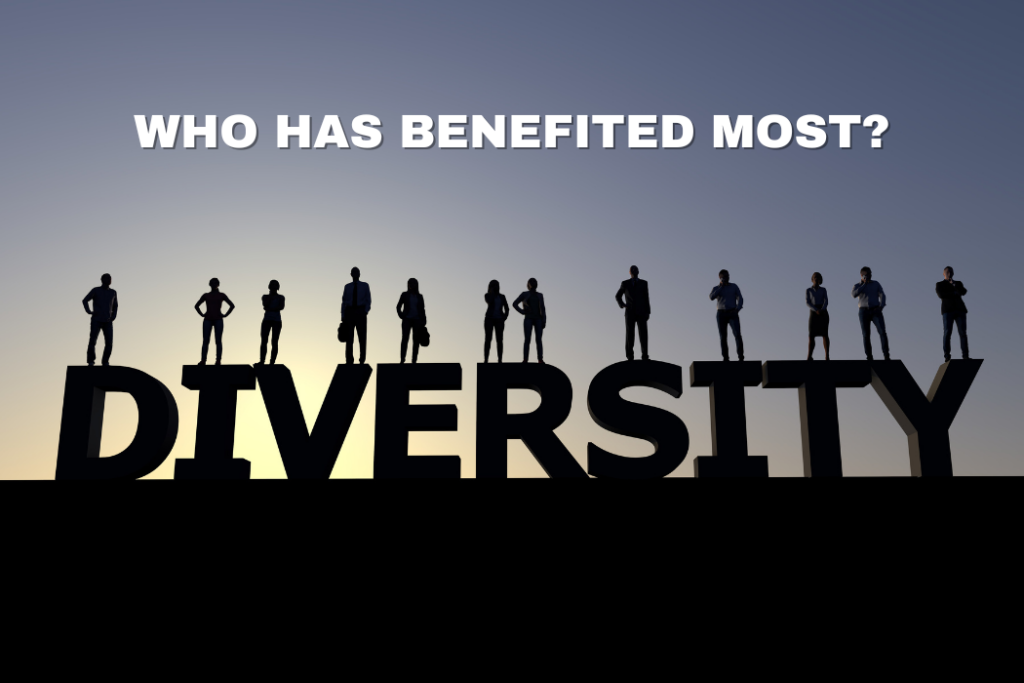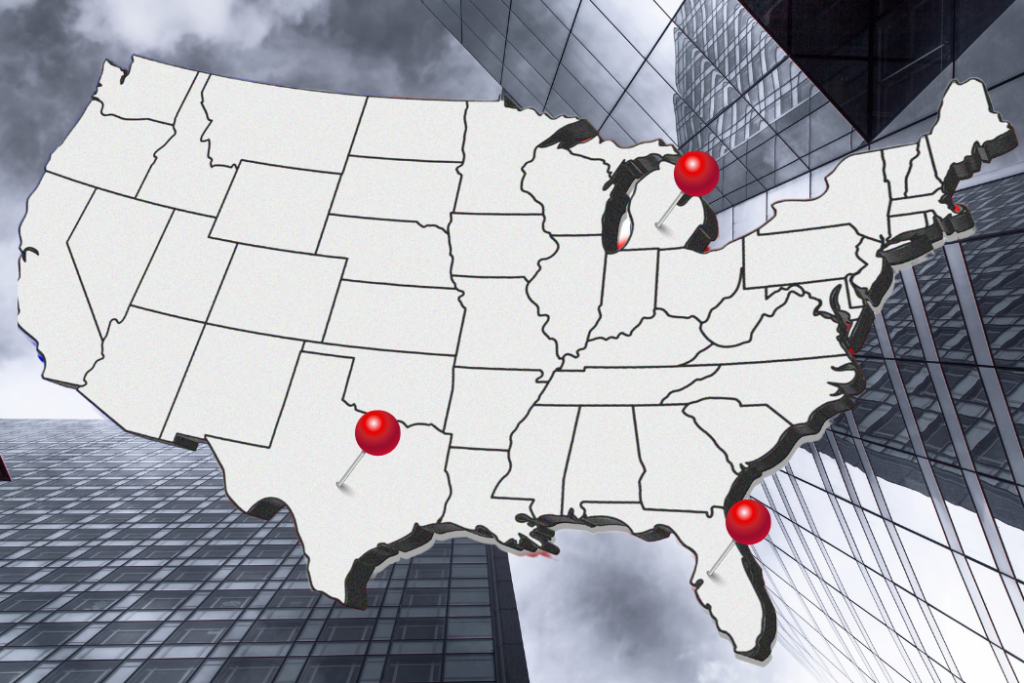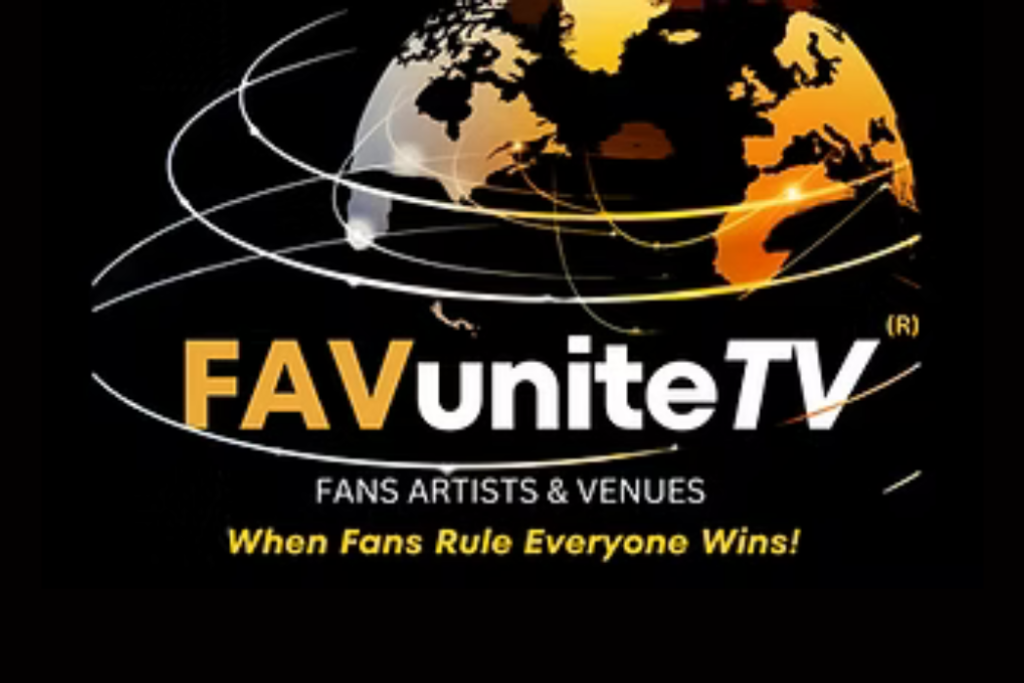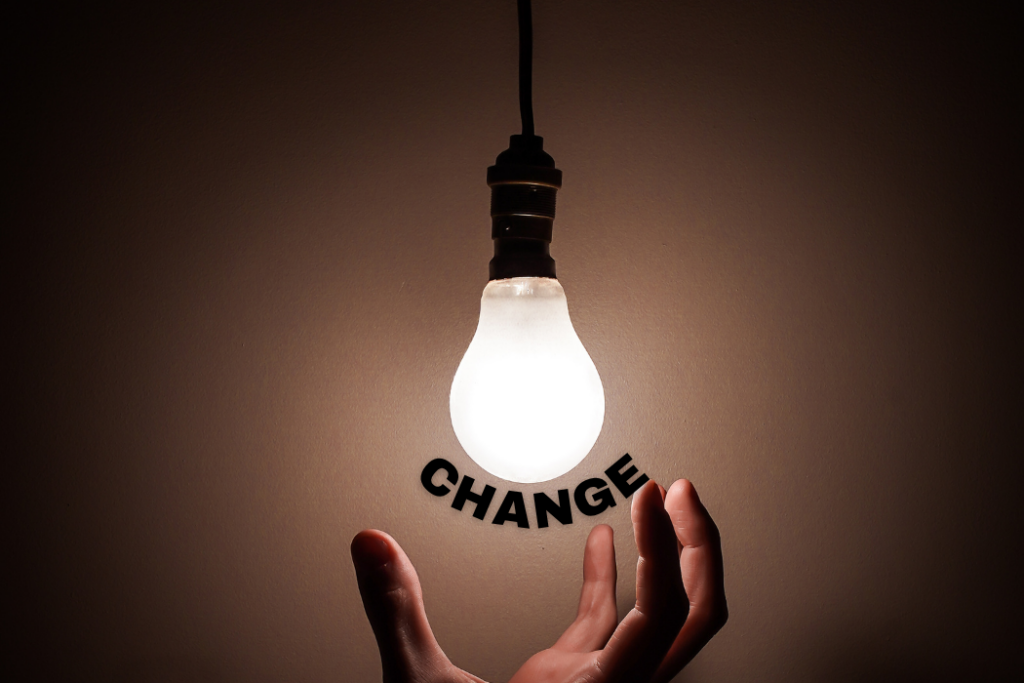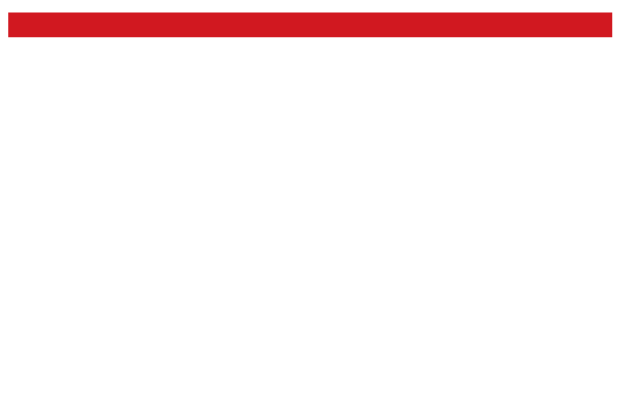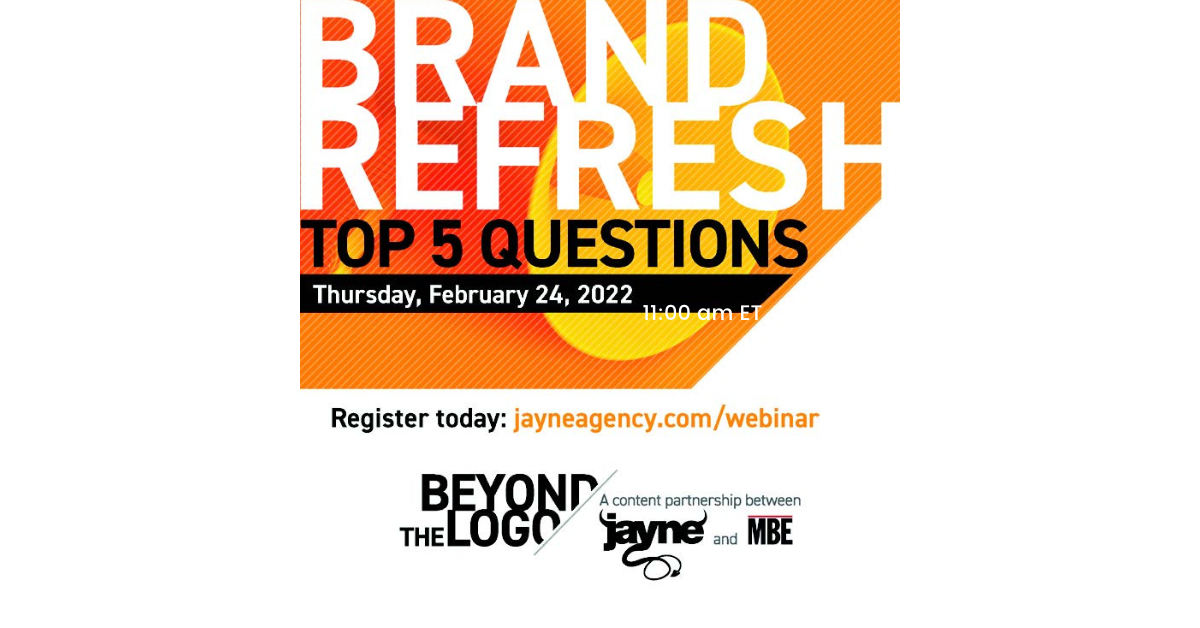
Top 5 Brand Topics from 2020-2021
2022 IS COMING IN HOT!
With all that’s going on around us—supply chain disruption, vaccines, politics, back to school, cash flow—WHAT? Wait, what? Right. Back to that. Didn’t it seem like pipeline and cash flow kind of went into a surreal place for so many with all the focus on enterprise organizations and the great resignation? Not for small businesses seeking to sustain. In fact, Jayne Agency spent 2020-2021 meeting with, talking to, and working with over 1.4K small businesses looking to stabilize, grow, and scale. An obvious focus was expected to be on brand, brand strategy, and digging into how one can create dependable, repeatable revenue. What emerged as critical for the diverse supply chain was an intention to focus on HEALTHY revenue.
We started to track what the most pressing needs were—and it wasn’t limited to a pandemic. The questions held timeless appeal while shedding a light on what certified business owners needed attention on. Ironically, we found our enterprise clients had extremely similar needs. We pulled our Top 5 Questions we heard across 24 months, partnered with MBE Magazine, and have some 2022 nuggets to create a provoking series for both diverse suppliers seeking to grow, and diverse-minded professionals charged with evolving their enterprise.
WHAT is the difference between a goal and objective, and HOW do I set them both straight?
This is a fantastic question—and we LOVE it every time it gets asked. Goals are “the numbers”—the bottom line. Objectives are what we intend to accomplish, in ways that are measurable so we can ensure we meet our goal. Jumping straight into useful examples, here is a great one that resonates on BOTH SIDES of the buy-sell.
In the midst of the 2021 National Minority Supplier Development Council (NMSDC) Emerging Young Entrepreneur (EYE) Pitch Elizabeth Ruvalcaba Mendez, vice-president, ALAS MEDIA, stated that ALAS’s goal was to be over $1MM in 2022. She was CLEAR and concise about how she delivered it in her pitch during the contest. She understood her numbers and how her brand strategy related to her goal. She differentiated her objective by establishing that she and her team needed to make more agencies that procure video services aware that the ALAS team was available and ready to uniquely tell stories on their client’s behalf. Her objective was to raise awareness.
The Result: A qualified lead on the spot. Barry Wade from Omnicom, an agency, and a judge on the panel immediately said, “Let’s talk.” Barry was able to connect Elizabeth with Nancy Reyes, President of TBWA NY. Elizabeth’s goal—to reach $1MM was clear, and her objective, to make more agencies aware of ALAS instantly had a metric against it—she had a qualified lead by having pitched her company with total clarity. She also took FIRST PLACE (Congratulations, Elizabeth!).
How do I define and then get to know my primary audience?
Didn’t I already know that? You would think so. It’s so simple, yet not as simple as it sounds. Most people do believe they know their audience. We make that mistake often as humans who run businesses—no matter the size. However, understanding who our most valuable audience was last year doesn’t always mean it stays the same. And, as adoption, technographics, sociographics, economics, supply-and-demand change, so do the wants and needs of our customers—and our consumers. Figuring it out doesn’t have to be complicated, it just has to be not overlooked.
Here’s an example of how a minority business entrepreneur, Suresh Gursahaney, used year-over-year brand strategy and planning to identify, test, and then confirm his audience. Having built a powerful company based on call center excellence, Suresh had two objectives: developing a stronger foothold in the Emergency 911 space and determining what motivated his top performing clients.
With over 30 years of highly reputable delivery, what was the continuing thread between what seemed like a disparate group of accounts? He started by looking into what the unmet need was in the EOS 911 space. By digging into the procurement process, understanding how decisions were made, and gleaning what was not being delivered on by competitors, as a CEO he was armed with a three-year plan to expand within that market. Concurrently, surveys of prospects and interviews of current clients yielded an unexpected insight on how powerful MicroAutomation was for a very specific—not all—buyer. That’s right, he was now empowered to say, “You are not my client, so no thank you.”
No longer wandering, the team was able to relook at request for proposal (RFP) participation, sales, marketing, and delivery with a confident eye. The added bonus? What was needed in the emerging EOS market was the same in the general enterprise market. As an empowered CEO, Suresh was now confident on what was unique to his company, and both the government, and enterprise decision makers who tended to customer service, customer experience and omnichannel communications for crucial communications.
Talk me through how to flip my barriers into strategies!
Sounds like mental gymnastics for business, doesn’t it? And, candidly, it sounds dreadful. Oddly, this exercise in building out a brand platform or a marketing strategy tends to create unexpected powerful team alignment. A great 2021 example of flipping a barrier into a strategy happened during a Fortune 50 large health care provider’s Supplier Diversity Enterprise-Wide Platform strategy session. As a team of incredibly talented and diversity nuance-minded individuals looked at the overwhelming task of cutting through all the compliance and supply chain issues, a list of barriers unique to them, and not unlike other enterprises racked up. Among the typical were time, budget, and focus. All those seemed scalable and had simple strategies to combat them. But one, daunting barrier was that they had completed multiple major acquisitions, and with no previous supplier diversity tracking in place, getting the actual stories of true economic impact seemed like searching for a needle in a haystack. Except the organization knew that diverse suppliers were being hired at a volume rate, they just weren’t seen as diverse suppliers. How do you get the stories to come to you?
Their Supplier Diversity team looked that barrier in the eye and flipped it into a powerful strategy to uncover stories—help stories find their way to the Supplier Diversity team. A brief outreach campaign invited business leaders to promote and highlight their suppliers followed up by an interview process that uncovered the critical details of economic and community impact. The result was four powerful stories that didn’t just share “results,” but wove economic impact with “valuable lessons” on how creative use of diverse suppliers impacts the bottom line.
Position vs. Promise—what is it?
This is a Jayne Agency FAVORITE. As everlasting brand strategists that work year-over-year on many client’s programs, we get to see position and promise at work, evolving, getting revised, and changing both the lives of our clients and their customers. As a diverse industry overall, we often don’t spend enough time investing in a good position and promise—on either side of the buy-sell. We look for commodities, and we offer commodities. So…as an industry, we get commoditized outcomes which in the end, benefits no one. Elevating, as a whole,requires every one of us to invest with passion into “why me” vs. the rest in our category (positioning) and what we deliver every day, day in, day out, which is our promise. Our positioning is what establishes us (not just differentiates us) in our category. It signals to buyers why they should consider us as their potential solution. It DETERS those who want something different than us to go find it elsewhere, freeing us up from unhealthy and unhelpful pitches, RFPs and projects that will drain our resources.
Promise is different. Promise is based on your value you provide ONCE someone concludes you are the right fit for them. It is what you can prove in a court of law that you deliver every day. Day in, and day out.
Here’s an example of a positioning that really changed things, and how that organization decided to promise what they deliver.
DivIHN sought to define itself as more than “just” an IT/Staffing solution and had proven over time to have long-term clients who really valued them. Something we all are building for. But in the current day “conferences” and then the “virtual conferences” selling process, they got broken down into commodities—IT Services and IT Staffing. Coming up against RFPs and proposals that stripped them of their ability to demonstrate their unique value, it became harder and harder to find NEW clients that served as healthy revenue.
By digging into what was a truly valuable client to the brand of DivIHN, they found their enlightened approach signaled the right buyers to them. Think about it. Just reading that there, you start to wonder what makes them confident enough to take that POSITION… looking for clients that are valuable to them… what makes ME a valuable client? Are you one? You want to be, don’t you? It’s not fun to be a client who is less than enlightened. And if you are a staffing company, it’s not likely you can make that position yours, but you want your own.
The only reason DivIHN was able to take such a powerful and bold position was because their promise, delivered over three decades consistently to clients that appreciated their VALUE, backed them up with proof. That proof, which one might call “performance” establishes DivIHN and supports them as a brand that delivers solutions for clients that actively demonstrate elevating their clients’ business value through solution development.
Position—it’s not how you differentiate yourself—cost alone can do that. It’s how you empower your clients to know you are the right answer and that they are the right fi t for you as much asthe reverse. Promise is what they know they are buying of value, not commodity.
How do I become aware of my tone and personality?
Tone is how you speak, what you say, the words you use. Personality is the acts you demonstrate, the things you believe, and how you behave. It seems really complex, but in reality, it boils down to four primary words, and those words are how you deliver your total brand platform across all touchpoints. Simple, yes. But making the commitment is where we see clients struggle over time.
When your tone and personality are aligned with the rest of your brand platform, they create the irrational reason to choose you over a cheaper competitor. Tone and personality help you deliver the support that defends your promise, that establishes your positioning that appeals to the insight that tweaks the mind and heart of your prospect and client long term. And it’s how you build culture, protect and stave off competition, attract and retain the right employees.
One of our most favorite tones and personalities ever crafted was the one developed for Ella L.J. Bell Smith, her personal brand “Know Who You ARE.” Ella’s brand strategy led us to a place where her powerful tone and voice—and personality—needed to be separate from the brand assets she was developing. Yet, all needed a common thread. Her brand strategy—specifically the tone and personality was needed to serve all forms of brand strategy— naming her celebrity brand, evolving her Diplomatic Warrior criteria, and helping her establish how to position thought leadership including book releases, speaking engagements and more. In the end, the passion, and force that is Ella stands out, while allowing each of her brand assets to stand on their own—and together.
We touched on a lot here. And as a certified business owner or an enterprise looking to establish their diverse brand needs, it can be overwhelming to say, “Where do I start?” Any one of the top five questions is a great, focused way to start thinking about what you might need.
Each of the questions above have proven crucial through empirical data, anecdotal data and follow-ups over time with our diverse supply chain community—as demonstrated, for certified suppliers, and for enterprise diverse professionals. In the name of practicing what we preach, Jayne and MBE magazine are providing a series of questions to help provoke “Clarity Considerations.” We will be using this data to bring richer insights specific to the MBE universe into our Grand Finale article in December. We invite you to take the survey now.
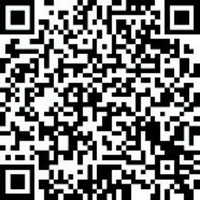
Come join us and MBE magazine in our 1.5-hour workshop titled “Brand Refresh—Top 5 Questions,” hosted by the brand strategy consultants of Jayne and the media experts at MBE Magazine on Thursday, February 24, 2022 at 11:00 am ET. In this webinar, we’ll actively workshop audience questions with the special guest addition of Suresh Garsahaney’sperspective. Feel free to start with any of the five we included in this kickoff article, so you can start getting tosolutions on the spot.




